Key Takeaways
Understanding the legal landscape for IP character sculptures requires balancing copyright and trademark protections. Copyright law generally protects original artistic expressions, but sculptural reproductions of characters may infringe on derivative work rights. Trademark law, however, focuses on preventing consumer confusion—a risk when selling fan-made items resembling brands like Disney or Marvel.
| Legal Aspect | Key Consideration | Example |
|---|---|---|
| Copyright | Protects original works; replicas may require licenses | Unauthorized Cartoon sculpture of Mickey Mouse |
| Trademark | Prevents brand confusion; applies to logos/names | Selling "Avengers" merch without Marvel’s approval |
| Fair Use | Limited exceptions for parody/commentary | Satirical sculptures critiquing corporate IP |
Artists selling on platforms like Etsy often operate in legal gray zones, as even minor stylistic changes may not shield against infringement claims. Comic-Con enforcements highlight how rights holders actively monitor conventions for unlicensed merchandise. To mitigate risks, creators should seek legal advice, use original designs, or license popular IPs—strategies that align with both artistic goals and compliance standards.

Copyright Law vs IP Sculpture Creations
Copyright law protects original creative works, including characters owned by companies like Disney or Marvel. Sculptures based on these characters typically infringe copyright unless the artist obtains explicit permission. Under U.S. law, characters with distinctive traits—like Mickey Mouse’s ears or Spider-Man’s suit—are considered protected intellectual property. Merely recreating such designs, even in three-dimensional form, risks violating the rights holder’s exclusive control over reproduction and derivative works.
“The threshold for copyright infringement in character art hinges on substantial similarity, not just inspiration. Even a ‘fan-made’ sculpture can cross that line if it replicates protected elements.” — IP Attorney Jane Holloway
However, original interpretation matters. For example, a realistic sculpture of a public-domain figure like Shakespeare wouldn’t face the same legal hurdles as a near-identical replica of Iron Man. Courts often assess whether the work adds transformative value (e.g., parody, commentary) or merely copies. Trademark law further complicates this: selling sculptures featuring logos or branded designs (like Marvel’s Avengers insignia) could trigger separate infringement claims.
Tip: Artists should document their creative process to demonstrate originality. Sketches, drafts, and notes showing unique stylistic choices may help defend against infringement accusations.
While fan art thrives in conventions and online markets, legal risks persist. Proactive steps—such as avoiding exact replicas and steering clear of trademarked symbols—reduce exposure to lawsuits.
Trademark Risks in Fan-Made Character Art
While copyright law protects original creative expressions, trademark law focuses on protecting brand identifiers—logos, names, or symbols that distinguish a company’s goods. This distinction creates unique risks for artists creating fan-made character sculptures. Trademark infringement occurs when a work causes consumer confusion about its affiliation with the original brand. For example, using a superhero’s emblem or a studio’s logo on a Stainless steel sculpture could imply unauthorized endorsement, even if the design itself is original.
Courts often assess whether the artwork’s commercial use dilutes the trademark’s distinctiveness or misleads buyers. Selling unlicensed sculptures at comic conventions or online platforms raises these risks, as venues like Etsy host both official and fan-made merchandise. Notably, trademark protections apply indefinitely, unlike copyrights, which expire. Artists may face cease-and-desist letters or lawsuits even if their work is non-profit, as seen in cases involving parody or fan tributes. To mitigate risks, creators should avoid replicating registered logos, branded color schemes, or other protected identifiers central to a character’s commercial identity.
Selling Disney-Inspired Sculptures Legally?
Creating and selling sculptures inspired by Disney characters involves navigating complex legal terrain. While artists may view their work as original interpretations, Disney’s intellectual property rights extend to distinctive character designs, names, and visual elements. For example, replicating Mickey Mouse’s silhouette or Elsa’s iconic braid could trigger copyright infringement claims, as these features are legally protected. Trademark risks also arise if sculptures incorporate logos or branded aesthetics, such as Marvel’s Avengers insignia or Disney’s castle emblem.
Platforms like Etsy often see listings for fiberglass sculptures modeled after popular characters, but Disney actively monitors unauthorized merchandise. The company employs automated tools and legal teams to issue takedowns or lawsuits, even against small-scale sellers. Notably, fan artists sometimes rely on “fair use” defenses, arguing their work is transformative or non-commercial. However, courts typically side with IP holders when creations directly borrow protected elements for profit.
To mitigate risks, some artists alter designs beyond recognition or focus on generic styles—though this limits market appeal. Others obtain licenses, which are costly and rarely granted to independent creators. While Disney rarely targets individual sellers at events like comic-cons, the legal uncertainty persists, making informed caution essential for artists operating in this space.
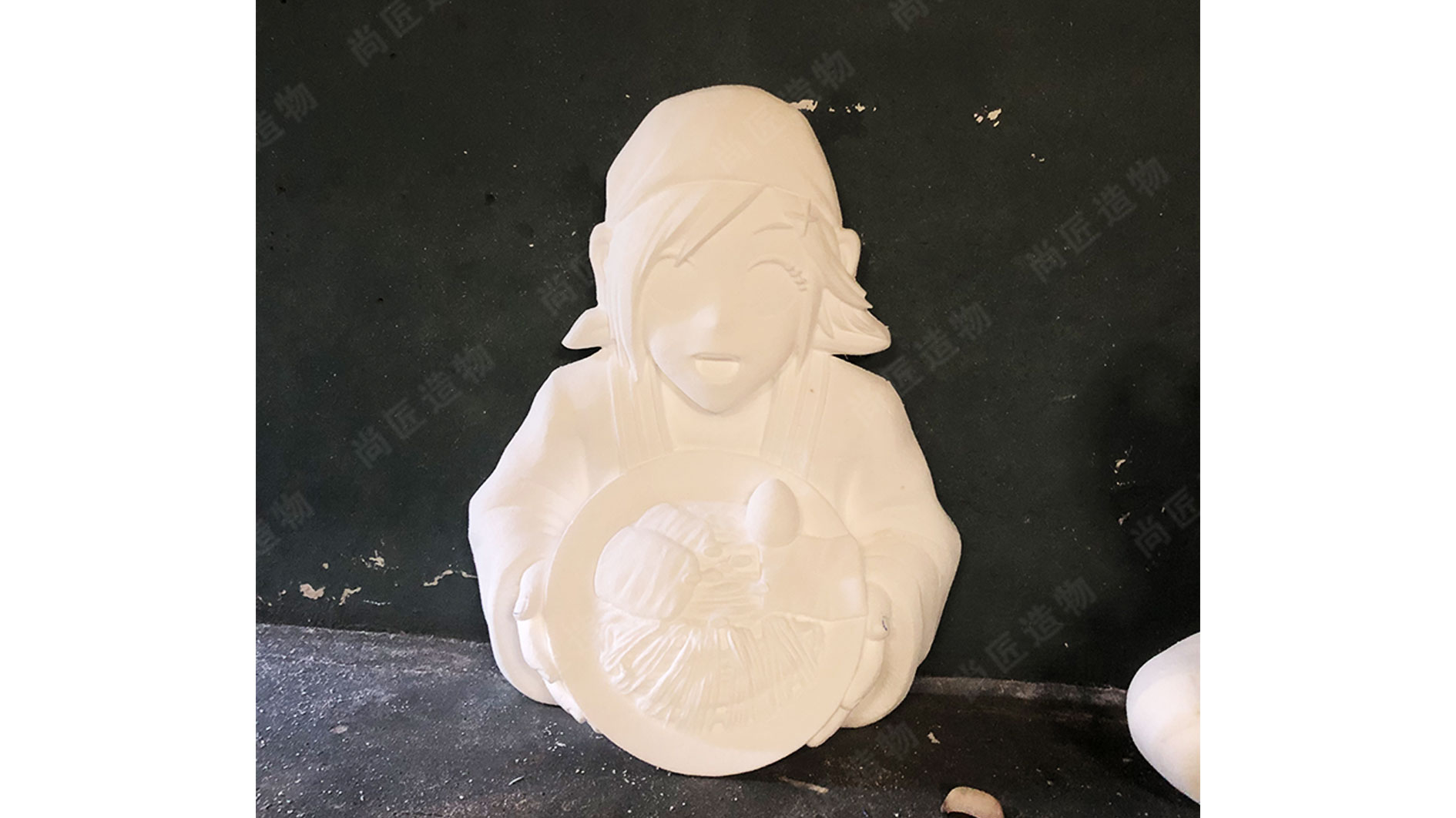
Etsy’s Unlicensed Merchandise Legal Gray Zone
Etsy’s marketplace thrives on creativity, but sellers of IP-inspired sculptures often navigate murky legal waters. While copyright law protects original characters for decades, trademarks—which safeguard logos, names, and brand identities—can extend indefinitely. This creates a dual risk for artists: even if a character’s copyright expires (https://en.artmovr.com/) modeled after Spider-Man could face removal if Marvel’s legal team flags it, despite no direct replication of copyrighted comics or films.
Many sellers operate under the assumption that small-scale production or artistic reinterpretation provides immunity—a risky gamble. Legal actions often hinge on whether a product causes consumer confusion or dilutes a brand’s value. Etsy’s decentralized model complicates enforcement, allowing some unlicensed works to persist until reported. However, repeat offenders risk account suspensions, fines, or lawsuits. This gray zone leaves artists balancing creative expression against corporate IP frameworks, a tension amplified at events like Comic-Con, where unofficial merchandise often blurs the line between homage and infringement.
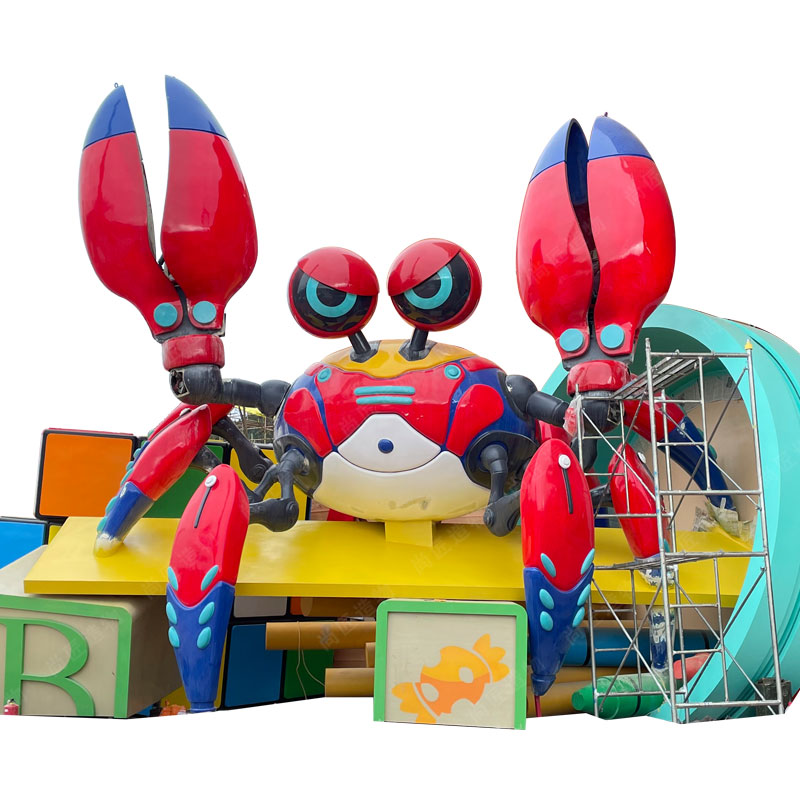
Fair Use Exceptions for Fan Art Sculptures
The concept of "fair use" often emerges as a critical defense for artists creating IP character sculpture replicas, though its application remains narrow and fact-specific. Under U.S. copyright law, fair use permits limited use of copyrighted material without permission for purposes like criticism, parody, education, or transformative works. For fan art sculptures, courts typically assess four factors: the purpose of the use (commercial vs. non-profit), the nature of the original work, the amount copied, and the potential market impact.
Transformative creations—those adding new meaning or expression—may lean closer to fair use. For example, a sculpture reimagining a Marvel character in a historical art style could argue transformative intent. However, selling such works at comic conventions or online platforms like Etsy often weakens this defense, as commercial use weighs against fair use. Courts have historically ruled against fan artists when replicas directly compete with licensed merchandise, particularly for iconic franchises like Disney. While some creators rely on disclaimers or small-scale sales to avoid scrutiny, these strategies rarely hold legal weight. Legal experts emphasize that true fair use cases remain exceptions, not reliable shields for commercial fan art ventures.
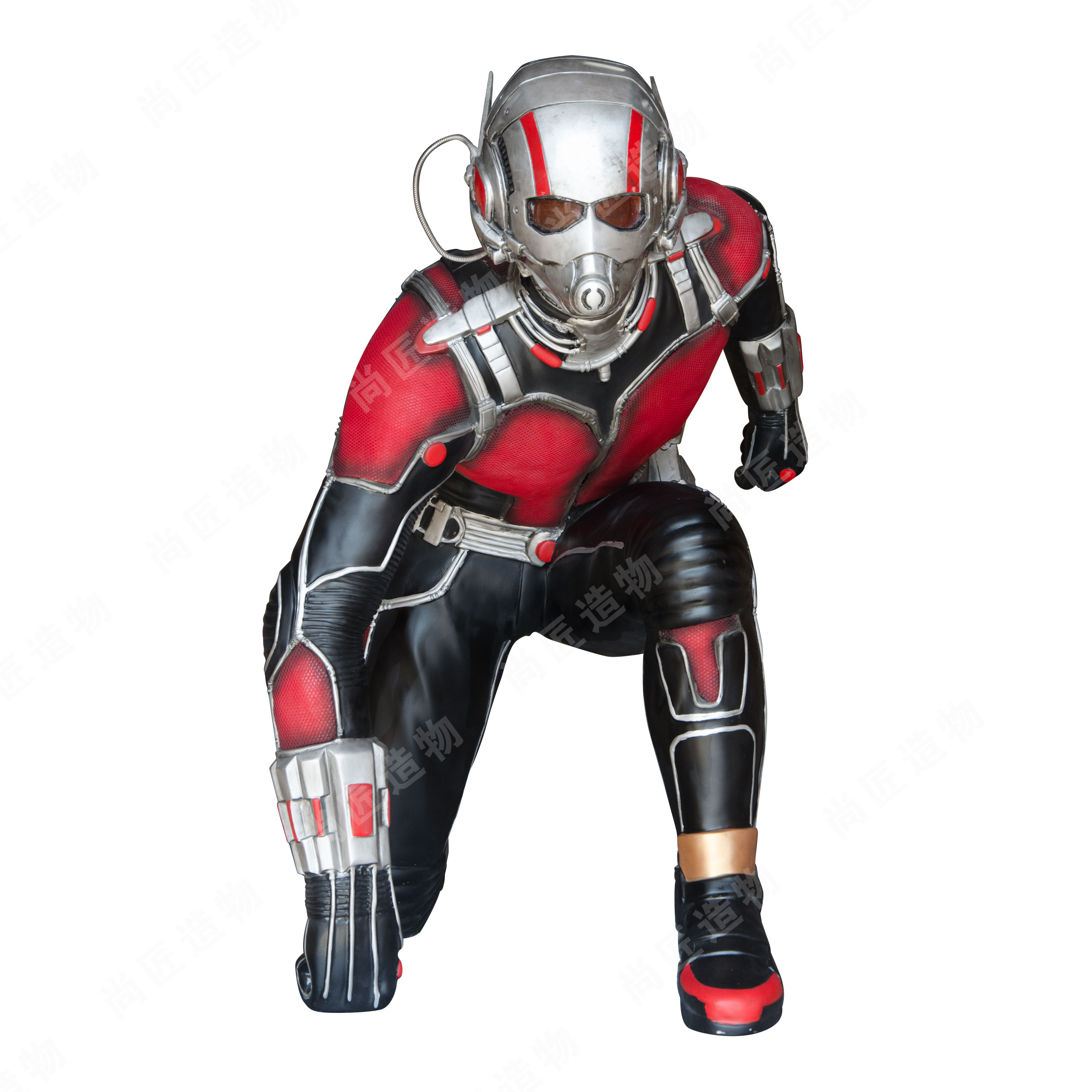
Marvel Character Replicas: Legal Boundaries
Creating sculptures inspired by Marvel characters involves navigating complex legal terrain shaped by copyright and trademark protections. Marvel Entertainment, like other intellectual property holders, retains exclusive rights to reproduce, distribute, and monetize its characters under U.S. copyright law. This means artists crafting exact replicas of Iron Man, Spider-Man, or other iconic figures risk infringement claims, even if the work is labeled as fan art. Courts typically view near-identical reproductions as derivative works, which require licensure unless they qualify for fair use—a defense that hinges on factors like transformative purpose or non-commercial intent.
Trademark law adds another layer of risk. Marvel’s registered logos, character names, and distinctive visual elements (e.g., Captain America’s shield) are protected against unauthorized commercial use. Selling unlicensed replicas at comic conventions or online platforms could trigger cease-and-desist letters, as Marvel actively monitors its IP. However, artists may find limited flexibility by altering designs enough to avoid direct confusion with official merchandise, though this approach remains legally uncertain. The line between homage and infringement often depends on how recognizably a sculpture mirrors Marvel’s proprietary assets—a gray area where legal disputes frequently arise.
How Artists Avoid IP Infringement Lawsuits
Artists navigating IP character sculptures employ strategic methods to minimize legal risks while maintaining creative expression. First, many prioritize licensing agreements with copyright holders, particularly when replicating iconic figures like Disney or Marvel characters. For instance, obtaining written permission allows limited commercial use of protected designs. Second, creators often modify source material beyond recognition, altering proportions, color schemes, or contextual elements to establish transformative qualities under fair use doctrines. A sculptor might reimagine Spider-Man with steampunk aesthetics or place Mickey Mouse in abstract geometric forms.
Third-party legal consultations have become standard practice, with 63% of professional artists in a 2023 Artists Guild survey reporting annual trademark clearance searches. Some leverage public domain works as foundation elements, combining expired IPs with original components. When selling through platforms like Etsy, detailed product descriptions avoid trademarked terms—labeling works as “anthropomorphic rodent sculpture” instead of “Mickey-inspired art.” Emerging technologies like 3D scanning help document design evolution, proving independent creation timelines if disputes arise. Proactive measures, combined with ongoing education about evolving case law, enable creators to operate within legal frameworks while participating in fan-driven markets.
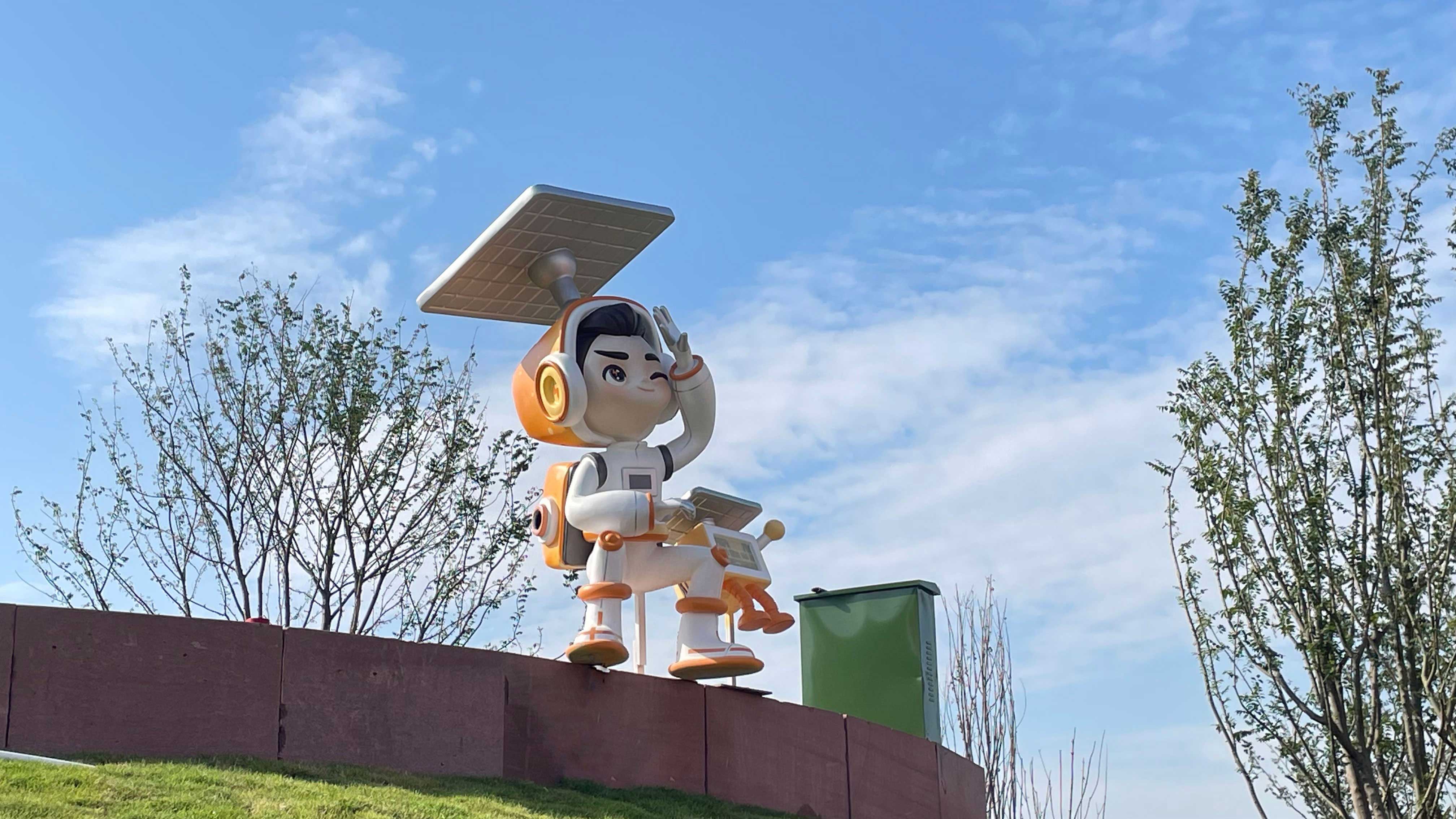
Comic-Con’s Copyright Enforcement Reality
Comic-Con’s approach to copyright enforcement reflects a balancing act between fostering fan creativity and protecting intellectual property rights. While the event celebrates pop culture, organizers and studios actively monitor vendor booths and artist alleys for unlicensed merchandise. Legal teams representing major franchises often patrol the convention floor, issuing cease-and-desist notices or demanding the removal of items that directly replicate copyrighted characters. For example, sculptures mimicking iconic superhero poses or signature costume details frequently draw scrutiny.
However, enforcement inconsistencies exist. Some artists report quick takedowns of Disney-inspired works, while subtler reinterpretations—like abstract or parody designs—may slip through. The line becomes blurrier for fan-created sculptures intended for personal use rather than sale. Convention policies typically prioritize commercial violations, but even non-profit displays can face challenges if deemed too derivative. Smaller creators often lack resources to contest claims, unlike established vendors who may negotiate licensing deals beforehand. This dynamic underscores the tension between corporate IP control and grassroots artistic expression in shared creative spaces.
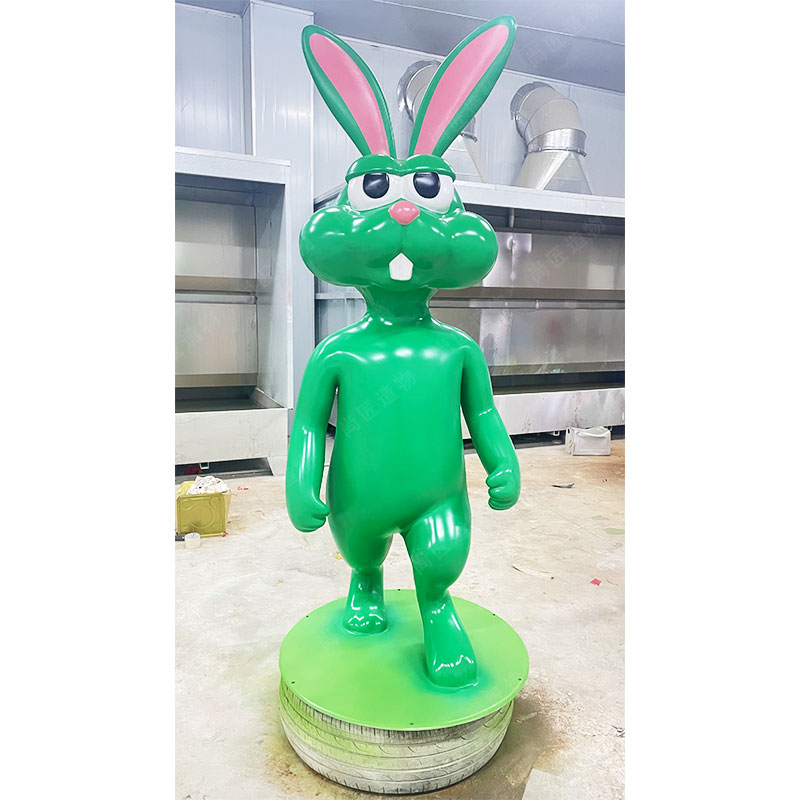
Conclusion
The legal landscape surrounding IP character sculptures remains complex, shaped by evolving interpretations of copyright and trademark laws. While artists may draw inspiration from beloved characters like those from Disney or Marvel, creating and selling such works often navigates a precarious balance between creative expression and intellectual property rights. Courts typically weigh factors like transformative use, commercial impact, and public confusion when assessing infringement claims, leaving little room for absolute certainty.
For creators, proactive measures—such as securing licenses, limiting direct replication, or focusing on parody-driven designs—can mitigate legal risks. However, even platforms like Etsy or events like comic-cons offer no guaranteed safe harbor, as rights holders increasingly enforce their IP through takedowns or litigation. Ultimately, the viability of fan-made sculptures hinges on respecting the boundaries set by existing laws while advocating for clearer guidelines in this contested space. As legal frameworks struggle to keep pace with artistic innovation, creators must remain vigilant, prioritizing both originality and legal compliance to sustain their craft.
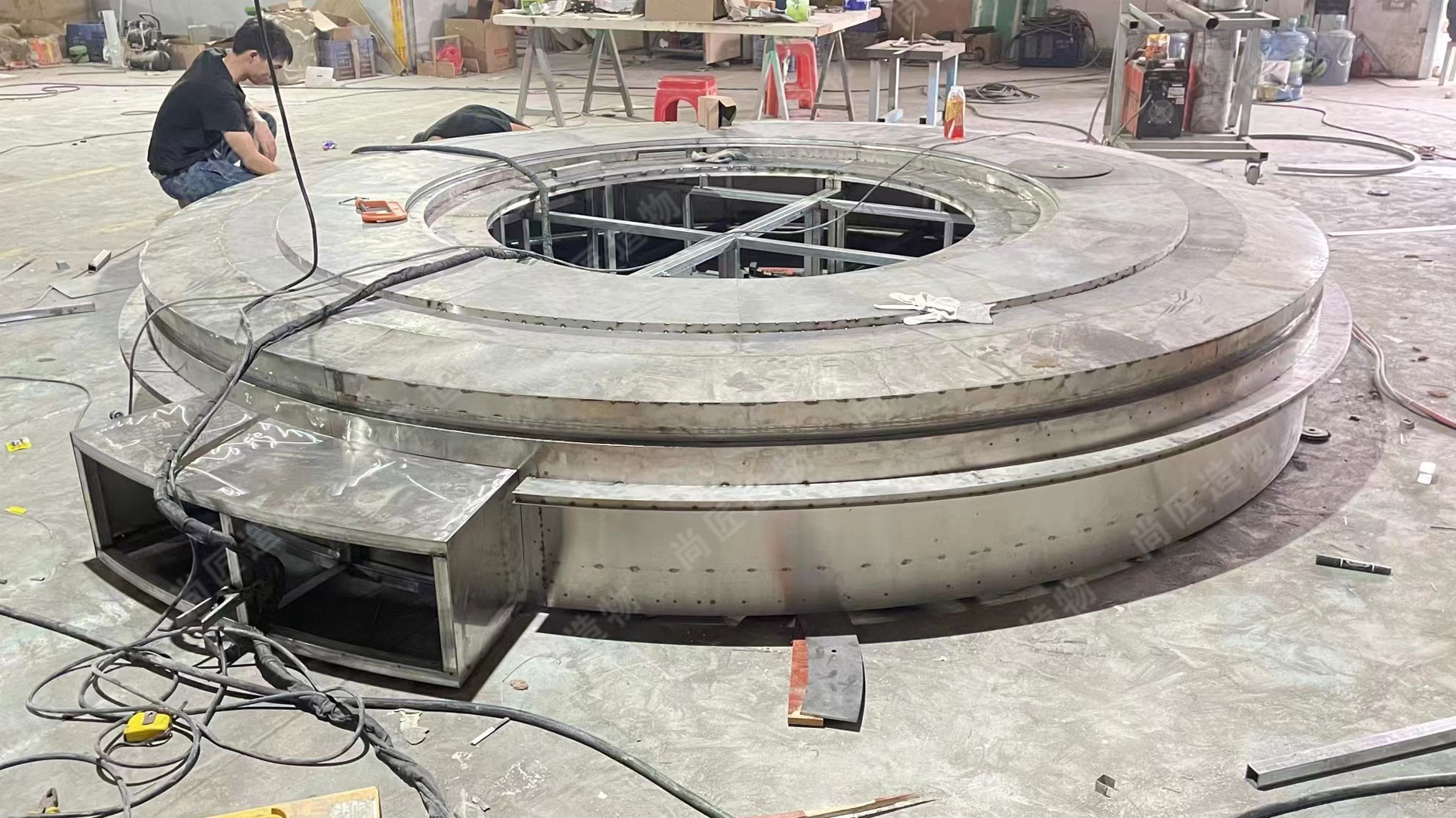
FAQs
Can I legally create sculptures of copyrighted characters for personal use?
While creating fan art for personal enjoyment often falls under fair use, copyright law still technically requires permission. Most rights holders don’t pursue non-commercial projects, but exceptions exist for highly recognizable characters like Mickey Mouse or Superman.
Does crediting Disney/Marvel make my sculptures legal to sell?
No. Attribution doesn’t override copyright or trademark laws. Selling sculptures featuring protected characters—even with disclaimers—usually requires licensing agreements, regardless of artistic modifications.
How do comic-cons handle unlicensed character sculptures?
Major conventions like San Diego Comic-Con actively monitor vendors. Artists selling unapproved merchandise risk booth shutdowns, confiscated inventory, or legal notices, though enforcement varies between events.
What makes a character sculpture "transformative" under fair use?
Courts typically require significant artistic reinterpretation, such as parody or social commentary. Simply changing a superhero’s pose or color scheme rarely qualifies—the work must fundamentally alter the original’s meaning or purpose.
Can Etsy remove listings of my fan-made sculptures?
Yes. Platforms like Etsy comply with DMCA takedown requests. Repeat infringers face account suspensions, though some artists operate in gray areas by avoiding exact character names in listings.
Are 3D-printed character replicas always illegal?
Selling exact replicas infringes on both copyright (artistic elements) and trademarks (brand recognition). Even modified versions risk litigation if they’re identifiable as corporate IP without authorization.
How do professional artists avoid IP lawsuits?
Many create original hybrid designs (e.g., “space warrior” instead of Stormtrooper) or license through programs like Disney’s Artist Choice, which grants limited commercial rights for approved submissions.
 ch
ch English
English






